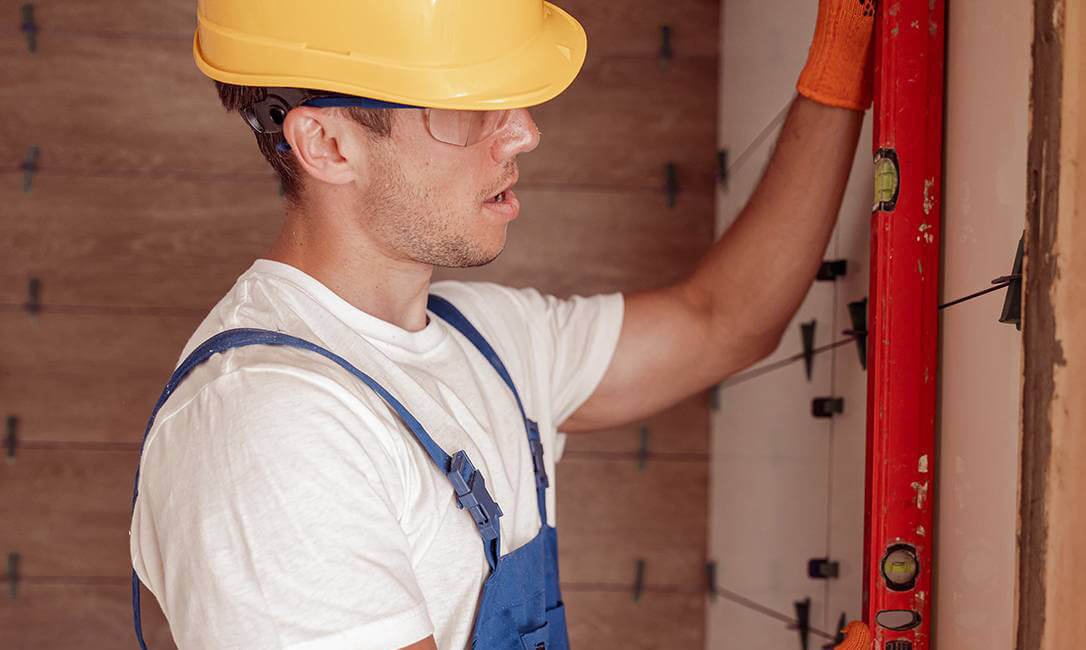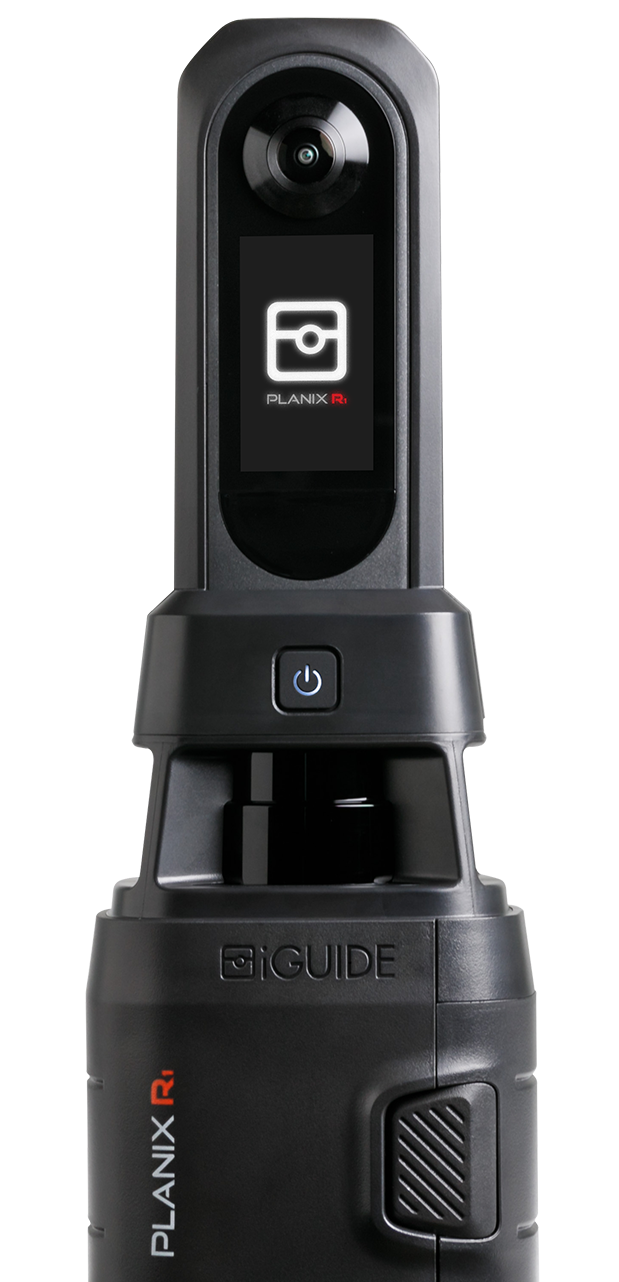Reliable information, a clear presentation of the subject property and factual data all play an important role in communicating value. Accurate measurements are available to every home seller or buyer and should be mandatory. A property’s square footage can be calculated using a specific replicable method. So, is there a way to satisfy consumer confidence through a reliable measurement standard? The simple answer is yes. The more complicated answer is yes, if implemented throughout the industry. The other question is, why is it needed? Your professionalism and brand reputation are important. A Residential Measurement Standard (RMS) is mandatory in the province of Alberta and RMS Ontario is on the way. The standard ensures property size is measured consistently for comparability, representation, and usability.
The big deal about a Residential Measurement Standard
A Residential Measurement Standard (RMS) allows the consumer to compare properties confidently. If you ask ten real estate agents how to calculate the area of a home, you will get ten different answers. Measurements today often come from expired listing data, tax information, good old-fashioned measuring tapes, blueprints, or a “guesstimate” based on a visual interpretation of the space. Those numbers do not accurately represent the actual size of a house. Does the consumer really know the difference between 1500 square feet and 1900 square feet? Consumers buy and sell based on a price per square footage. Discrepancies can lead to dissatisfied clients, lawsuits, or deflated value.
Should the onus be on the buyer?
Disclaimers like “buyer to verify all measurements” or “information contained herein is not warranted to be accurate” don’t give much confidence to the consumer. Should the most expensive purchase of a person’s life be like buying some mystery product off a store shelf? Purchases of consumer food products, electronics, and vehicles all adhere to a specific standard and purchasing a home should be no different. When acquiring a motor vehicle, estimating the size of the motor is not an option. Accurate details measured to specific standards assist the consumer in comparing the value to meet their needs. Implementing an RMS Ontario standard like that in the province of Alberta offers a consistent method of representing house size. Caveat Emptor (buyer beware) need not apply to square footage. Buyers and Sellers should always be presented with reliable measurements.
Why a Residential Measurement Standard (RMS) is needed
Consistency and confidence are the two main reasons to implement a measurement standard. A house is not just a square box. Ceiling heights are varied, multi-level structures exist, and buildings are constructed on diverse grades. The basis of a Residential Measurement Standard is to set parameters like whether measurement calculations are from the interior or exterior. RMS also identifies gross living area (GLA) calculated on rooms above grade. Rooms below grade and partially below grade can be measured too, but for comparative purposes, GLA includes only areas measured above grade. The consumer deserves and has the right to know that each measurement within a property is accurate. Measurement standards allow everyone involved in a transaction to use the data for assessing their needs and determining value. Home prices are reflective of the gross living area and as such, need to be reliable and accurate. No one wants to find out their home is substantially smaller than represented as highlighted in a CBC news article.
Residential Measurement Standard (RMS) in practice
The province of Alberta has been using a Residential Measurement Standard since 2016. According to the Real Estate Council of Alberta, the RMS principles that real estate agents must adhere to are as follows:
- Real estate professionals must use the RMS.
- Identify if the measurement system is metric or imperial, and apply it consistently. Measurements must be calculated to within 2% of the RMS size.
- For detached properties, measure the property using the exterior wall at the foundation.
- For properties with common walls, such as half-duplexes, townhouses, and apartments, measure the interior perimeter walls (paint-to-paint) at floor level. An additional area representation may be made assuming exterior measurements.
- Include floor levels that are entirely above grade and exclude floor levels if any portion is below grade. Below grade levels may be measured, but the area must not be included in the RMS area.
- Include all additions to the main structure and conversions of above-grade areas within the structure if they are weatherproof and suitable for year-round use.
- The property must have a minimum floor-to-ceiling height of 2.13 metres (7 feet). If the ceiling is sloped, the area with a floor-to-ceiling height of at least 1.52 metres (5 feet) is included in the RMS area, provided there is a ceiling height of 2.13 metres (7 feet) somewhere in the room.
- Include extensions from the main structure that have a minimum floor-to-ceiling height of 1.5 metres (5 feet), such as cantilevers, bay and bow windows, and dormers.
- Exclude open areas that have no floor, such as vaulted areas.
Following RMS guidelines with a step-by-step procedure can be done by any real estate agent. Simpler and faster ways to achieve accurate measurements are available through professional real estate photographers. They offer RMS measurements along with floor plans, and 3D tours. Tech companies like iGUIDE® have drafted more properties than any other company in Alberta. Residential Measurement Standards are easy to comply with whether you require RMS in Ontario or anywhere across the globe. It’s about defining professionalism in an industry where a lack of measurement standards exists.
Similar measurement standards create a buzz
Recent measurement requirements from Fannie Mae coincide with Alberta’s RMS principles. All mortgage appraisals are to follow the ANSI Z765-2021 standard of measurement. Not only does this create a common ground for appraisers, but it gives reason for ITSO and real estate boards across North America to take notice. It is about time every real estate agent, brokerage, and association adopts a residential standard of measurement (RMS). Consumers rely on measurement standards to establish value; whether imperial or metric, the methods of determining GLA must be consistent.
So, where does a residential measurement standard go from here? Waiting for the mandatory RMS Ontario requirements to kick in from your local real estate association will leave you playing catch up. A simple and reliable way to meet the needs of consumers and agents is to use accurate measurements now. Technology-savvy companies like iGUIDEⓇ can keep you one step ahead. It is time you measure up to a higher standard.


